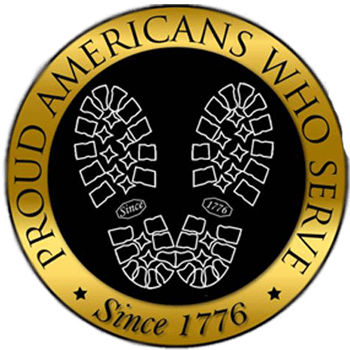The Second Amendment (Amendment II) to the Constitution protects the right of the people to keep and bear arms. It was adopted on December 15, 1791, as part of the first ten amendments, commonly known as the Bill of Rights.
The Supreme Court of the United States has ruled that the right belongs to individuals and has also ruled that the right is not unlimited. It it does not prohibit all regulation of either firearms or similar devices. State and local governments are limited just as the the federal government is limited from infringing on this right.
The Second Amendment was based partially on the right to keep and bear arms found in English common law. Influenced by the English Bill of Rights of 1689, Sir William Blackstone described this right as an auxiliary right. It is a right that supports natural rights of self-defense and of resistance to oppression. It also support a civic duty to cooperate in the defense of the state.
The Second Amendment was based partially on the right to keep and bear arms in English common law and was influenced by the English Bill of Rights of 1689.
The text of the Second Amendment reads in full: “A well-regulated Militia, being necessary to the security of a free State, the right of the people to keep and bear Arms, shall not be infringed.”
It is interesting to note that the framers of the Bill of Rights adapted the wording from nearly identical clauses in some of the original 13 state constitutions.
Militias and the Second Amendment
During the Revolutionary War era, “militia” originally tasked with protecting their communities were eventually tasked with protecting the United States.
Many people in America at the time were skeptical and believed governments used soldiers for oppression. They believed the government should only be allowed to raise armies with full-time, paid soldiers. And then only when facing foreign adversaries. For all other purposes, they believed, it should turn to part-time militias, or ordinary civilians that used their own weapons.
But when the United States declared its independence from Great Britain in 1776, the founders saw the shortcomings of using the militias as the countries defense. The Constitutional Convention knew it was time to provide our new federal government the power to establish a full time standing army.
Opponents (Anti-Federalist) worried and argued that this new federal army would deprive the states of their ability to defend themselves. Fearing that Congress might abuse its constitutional power of “organizing, arming and disciplining the Militia” by not continuing to equip militiamen with adequate arms, James Madison stepped up to address their concerns.
Madison, proposed the Second Amendment. Wile the Second Amendment did not really address the Anti-Federalist concern of a government with too much power, it did establish the principle that the government did not have the authority to disarm citizens.
Well-Regulated Militia
Since its ratification, Americans have debated the meaning of the Second Amendment. Arguments on both sides of “the meaning” debate have persisted.
The basis of the debate is whether the amendment protects the right of private individuals to keep and bear arms. Or whether it instead protects a collective right that should be exercised only through formal militia units.
Those who argue it is a collective right point to the “well-regulated Militia” clause in the Second Amendment. They argue that the right to bear arms should be given only to organized groups, like the National Guard, a reserve military force that replaced the state militias after the Civil War.
On the other side are those who argue that the Second Amendment gives all citizens, not just militias, the right to own guns in order to protect themselves. The National Rifle Association (NRA), founded in 1871, and its supporters have been the most visible proponents of this argument, and have pursued a vigorous campaign against gun control measures at the local, state and federal levels.
In the Supreme Court Case, McDonald v. Chicago, the Supreme Court struck down (in a 5-4 decision) a citywide handgun ban, ruling that the Second Amendment applies to the states as well as to the federal government.
In the majority ruling, Justice Samuel Alito wrote: “Self-defense is a basic right, recognized by many legal systems from ancient times to the present day, and in Heller, we held that individual self-defense is ‘the central component’ of the Second Amendment right.”
The Second Amendment is commemorated by Proud Americans Who Serve with our official 2nd Amendment Polo Shirt.






